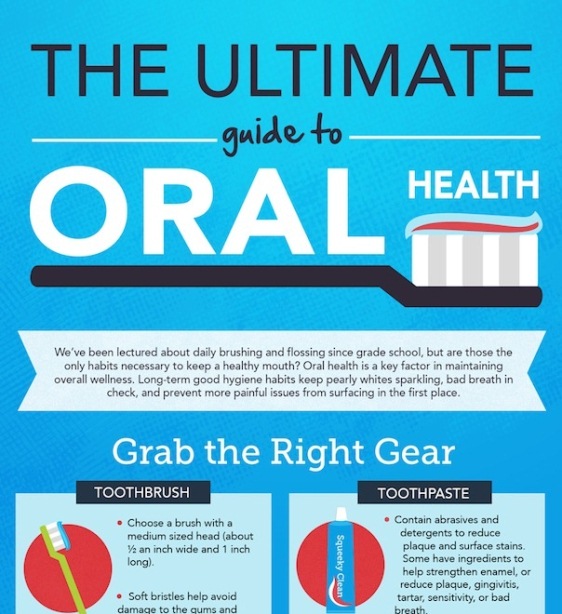Keep Got Ready For Unanticipated Oral Emergency Situations By Acknowledging The Indications Of Injury And Knowing When It Is Needed To Look For Urgent Treatment
Keep Got Ready For Unanticipated Oral Emergency Situations By Acknowledging The Indications Of Injury And Knowing When It Is Needed To Look For Urgent Treatment
Blog Article
Material By-Tyler Singh
If you really feel an abrupt jolt of discomfort or notice a tooth injury, it can be distressing. Yet exactly how do you figure out if it's a dental emergency that requires immediate attention? Understanding the critical signs and knowing when to look for assistance can make all the difference in preserving your oral health and wellness. Understanding when to act promptly could suggest the difference between a quick fix and more considerable treatment.
Common Types of Dental Injury
What're the common sorts of oral trauma that you should recognize?
Accidents can occur, leading to numerous kinds of dental injuries. One typical type of dental trauma is a cracked tooth. This can take place from biting down on something hard or experiencing a strike to the face.
Another kind is a busted tooth, where a part of the tooth can chip off. Additionally, you might experience a knocked-out tooth, which can occur during sporting activities or drops. https://www.nature.com/articles/s41598-023-29633-6 to deal with the tooth meticulously and look for instant oral focus.
Oral trauma can additionally entail a tooth that has actually been pushed out of setting or loosened up due to an injury. https://casheopqw.blogoscience.com/36362686/regular-teeth-cleansing-is-vital-for-protecting-total-oral-health-and-wellness of injury requires prompt treatment to save the tooth.
Finally, soft cells injuries in the mouth, such as cuts, can likewise take place from accidents. Finding out about these typical types of oral trauma can assist you act quickly and suitably in case of an emergency situation.
Signs of Dental Emergency Situations
Acknowledging the signs of oral emergencies is essential for prompt action and correct treatment. If you experience severe tooth discomfort that's constant and throbbing, it might indicate an underlying problem that calls for instant attention.
Swelling in the gum tissues, face, or jaw can also be a sign of an oral emergency situation, particularly if it's accompanied by discomfort or fever. Any type of kind of trauma to the mouth resulting in a broken, broken, or knocked-out tooth must be dealt with as an emergency situation to avoid additional damages and prospective infection.
Hemorrhaging from the mouth that doesn't stop after applying stress for a few minutes is one more warning that you need to seek emergency situation dental treatment. In addition, if you see any kind of indications of infection such as pus, a nasty preference in your mouth, or a high temperature, it's vital to see a dentist as soon as possible.
Neglecting these indicators can bring about a lot more severe issues, so it's vital to act promptly when confronted with a possible oral emergency situation.
Relevance of Immediate Treatment
Motivate action and immediate treatment are important in dealing with dental emergency situations to prevent more difficulties and guarantee optimal results for your dental health and wellness.
When confronted with a dental emergency situation, such as a knocked-out tooth or serious tooth pain, seeking immediate therapy can make a substantial distinction in saving your tooth and relieving discomfort. Delaying treatment can cause infection, enhanced discomfort, and also long-term damages to your teeth and gum tissues.
By seeking emergency situation dental care promptly, you raise the possibilities of successful therapy and restoration. Dental experts have the needed skills and equipment to address emergency situations properly, lowering the danger of long-term consequences.
Additionally, immediate treatment can help take care of discomfort and discomfort, enabling you to resume your day-to-day tasks without distraction.
Conclusion
In conclusion, understanding oral injury and recognizing when to look for first aid is essential for keeping oral health.
By recognizing typical types of dental injuries and the signs of dental emergencies, you can make sure timely care to protect against further damage and issues.
Bear in mind, seeking prompt therapy can conserve teeth, minimize pain, and increase the opportunities of effective healing.
Do not hesitate to seek aid from a dental professional if you experience any kind of indicators of oral trauma.
